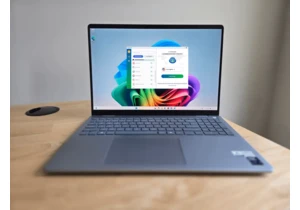I’m typing this on the world’s first rollable laptop. With an OLED display that extends upwards at the push of a button, it feels like something you’d see in a science fiction show—or like a tech demo you’d see at CES that would be too costly to produce and sell. But it’s here!
Should you buy one yourself? Probably not. It’s beyond the average laptop buyer’s price range! But that’s not the point. The point is that it’s new and exciting. It’s experimental, it’s interesting, and it’s fun. You aren’t stuck with a one-size-fits-all idea of what a computer can be, which is what you get when you buy from Apple.
Thinking back to Apple’s old “Get a Mac” ads, I say with pride: I’m a PC. The PC platform is fun, experimental, flexible, while the Mac platform is stuffy, old, and boring. Apple would never release a product this wild.
I love that Lenovo’s rollable laptop exists
Lenovo’s world-first rollable laptop—the ThinkBook Plus Gen 6 Rollable—features a rollable OLED screen and a motor that engages at the press of a button. The display unrolls itself from within the laptop, and then shrinks itself back to normal laptop size when you don’t need it.
It sounds like it shouldn’t work very well, but it does. For a first-generation product, it’s incredible and feels like magic. Sure, it’s a whopping $3,300 and not everyone can afford it, but that’s okay for now. Maybe rollable laptops will be the new foldable phones in a few years. (By the way, foldable phones are another thing Apple refuses to make. For fun stuff like that, you’ll need to switch to Android.)
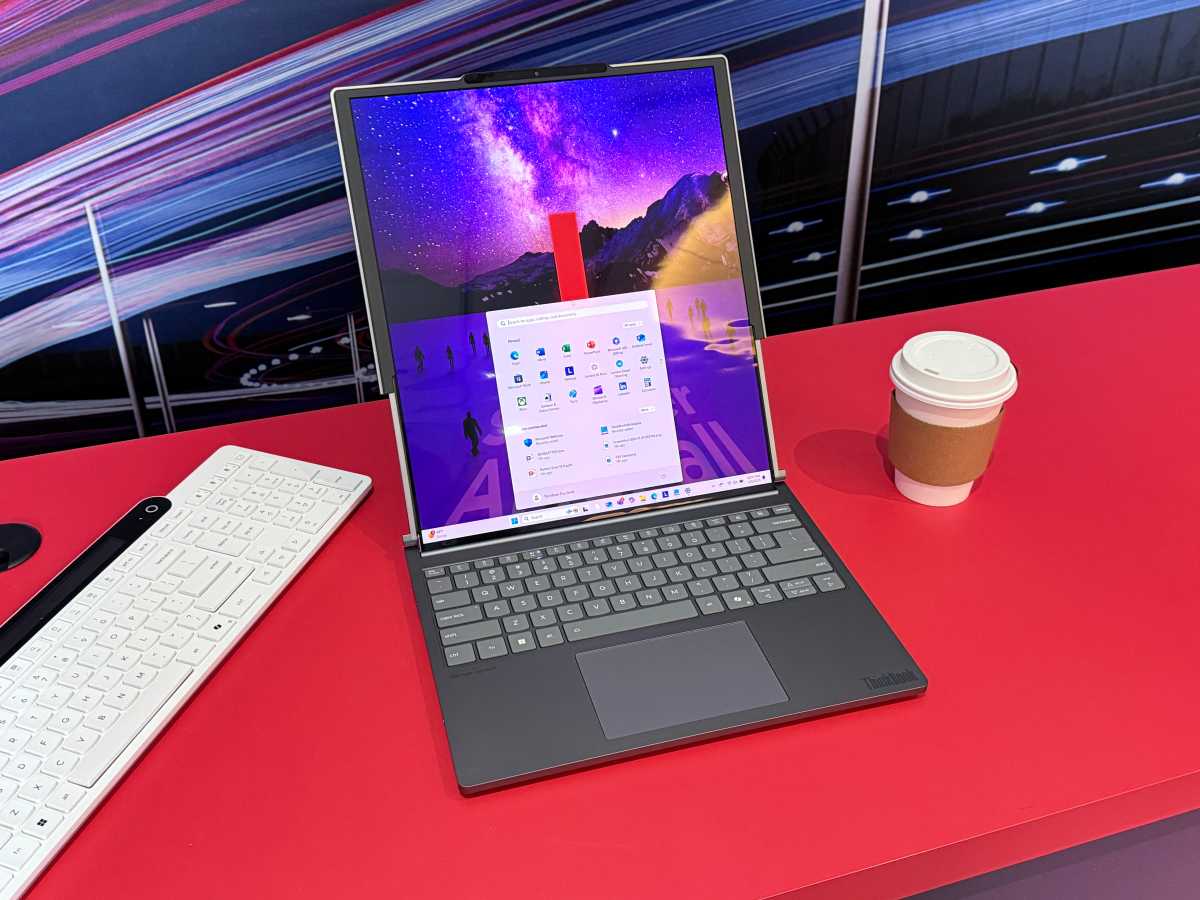
Matt Smith/Foundry
I can hear the Apple apologists now. “It’s not polished enough!” Yes, you can barely see a few odd reflections from just the right angle due to the rollable display, and Apple would never release a product like that. If you’re a Mac, you’re not getting a product like this until Apple decides a rollable display is right for every MacBook user—and as long as it isn’t for everyone, then it isn’t worth developing.
And that’s why MacBooks are so boring. If you want anything beyond a basic traditional laptop experience, you’re out of luck. If you’re a Mac, there’s really only one way to use a laptop; if you’re a PC, you get to make your own choices.
PCs are about choice — and freedom
Lenovo’s rollable laptop is just one example of choice and freedom. You can also get a dual-screen laptop—like the Lenovo Yoga Book 9i, which is a 2-in-1 convertible featuring two displays attached at a hinge. It’s also brilliant to use on a regular basis.
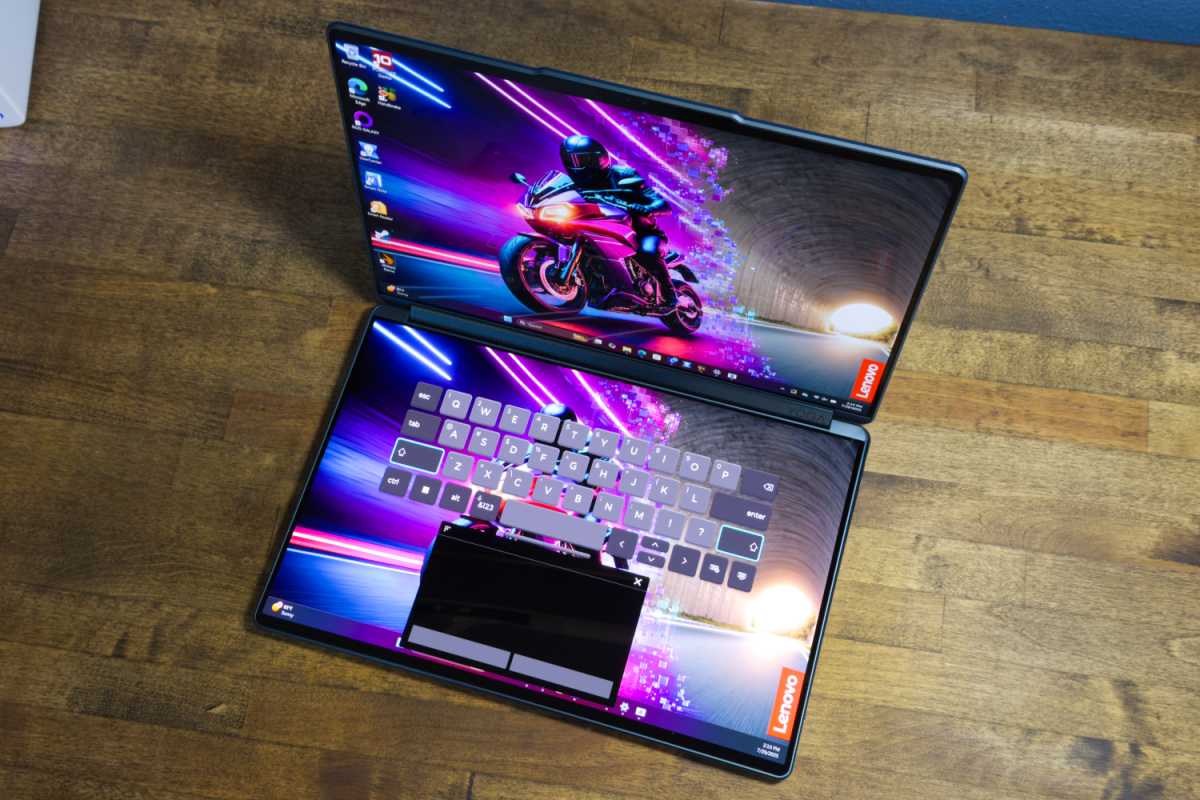
IDG / Matthew Smith
There are other types of 2-in-1 laptops, too. With a PC, you can get convertibles like the Surface Pro with its awesome tablet-with-a-stylus experience that lets you use full desktop art software, or 2-in-1 “yoga”-style laptops that fold back on a 360-degree hinge and can be navigated using a convenient touchscreen. (Want a stylus on a Mac? Too bad! That’s what iPads are for—and iPads don’t run full Mac apps.)
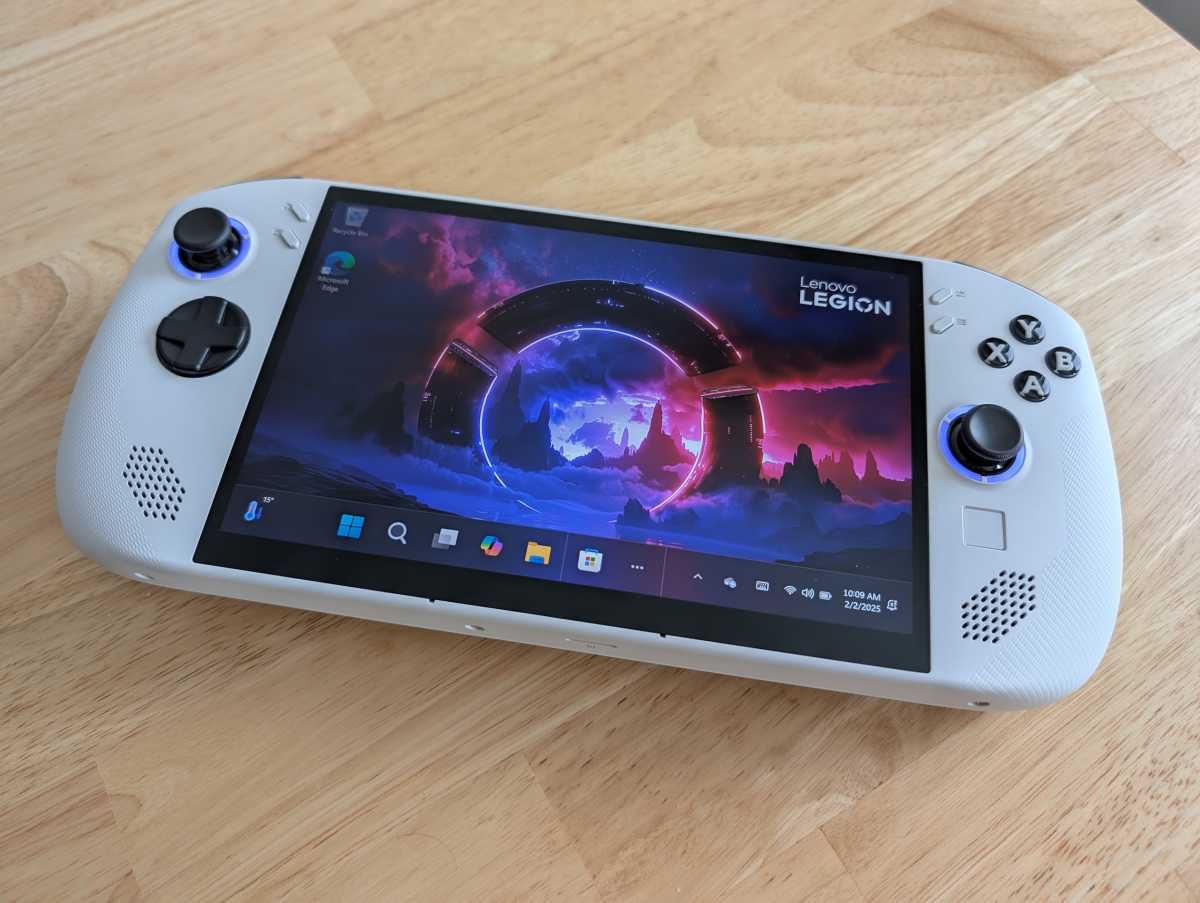
IDG / Chris Hoffman
Powerful gaming laptops and high-end gaming desktops are also exclusive PC territory, as Apple has never shown much of an interest in gaming (aside from microtransaction-filled mobile gaming). But the industry has embraced handheld gaming PCs starting with Valve’s Steam Deck. It’s a sign of what’s possible with PC hardware, with the Steam Deck running on the Linux-powered SteamOS. PCs have grown bigger than Windows, and even PC gaming has now grown beyond Windows to offer even more flexibility.
The Raspberry Pi is another awesome device that only exists in PC land. On the Mac side, the closest thing is a Mac Mini, which is much more expensive and has less flexible hardware and software.
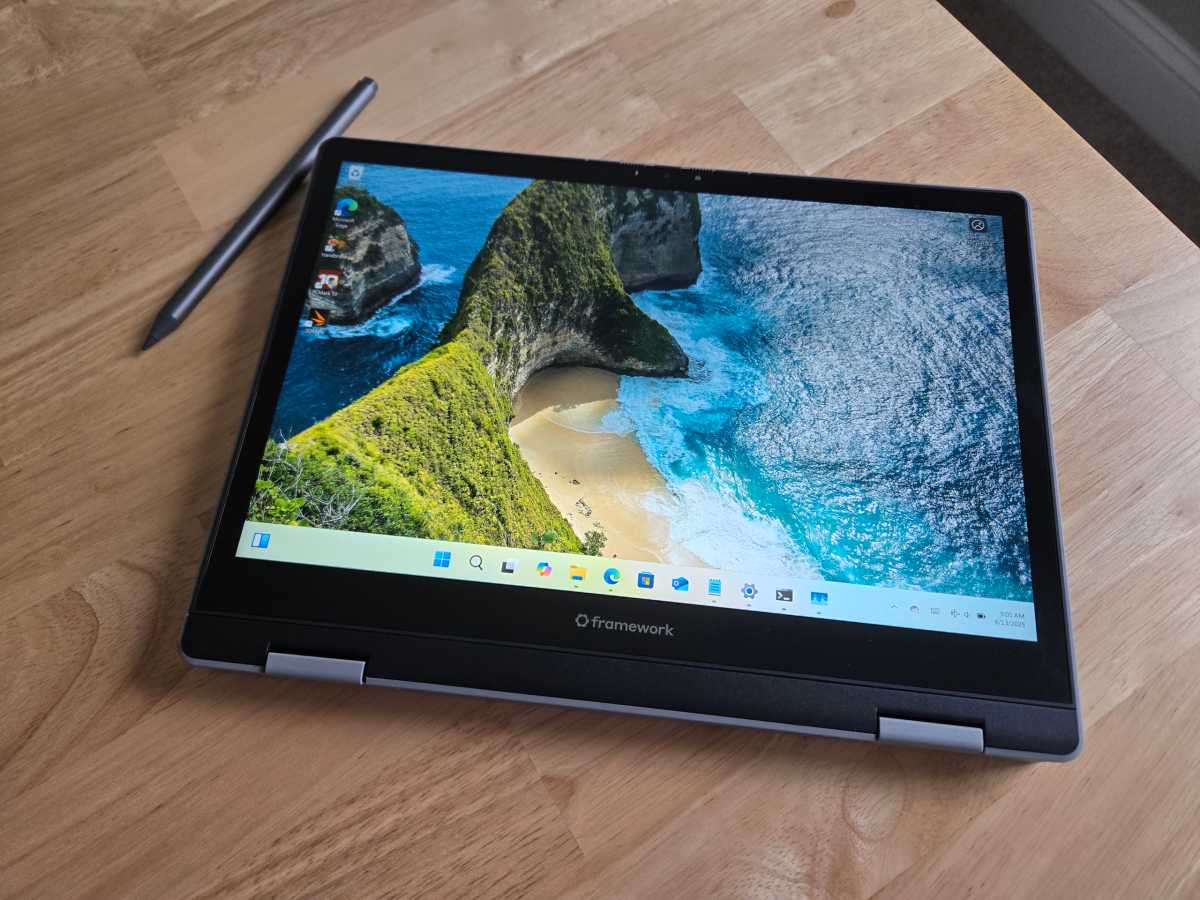
IDG / Chris Hoffman
The PC experience lets you build and upgrade your own hardware. You can now build and upgrade your own laptops with the Framework Laptop, and you also have the Framework Desktop, which might just be the easiest PC you’ll ever build. These feel a lot closer to Apple’s original hacker spirit when it was founded in 1976. Today, they feel almost the opposite of what Apple is all about.
In 2025, the Mac has devolved into a one-size-fits-all platform. Meanwhile, PC manufacturers—like Lenovo with its rollable laptop, Valve with its Steam Deck, and many others—are playing around and trying different things. Apple is the company that says you can’t be trusted to run unapproved software on your phone or tablet. (Thankfully, you can still run whatever you want on a Mac.)
Macs work well and they’re polished, for sure. If you want Mac software and the MacBook form factor is what you want, great. If you want anything else—if you want to “think different”—then you’ll need to stop marching in line with the Macs and be a PC instead.
In 2025, I’m still a PC and proud of it
I don’t really want a Mac. I prefer the Windows desktop experience, and I like playing PC games and having a Steam library. But I like Linux, too. I like having flexibility and choice in my hardware.
I’m glad I’m comfortable with Windows. If I had been using macOS for decades with a big library of Mac software, I’d be trapped. I wouldn’t want to leave Apple’s ecosystem and I’d be stuck with whatever hardware Apple’s employees in Cupertino think I should be using, even as the rest of the industry moves on to new, interesting, fun ideas.
Don’t let Apple make you think PCs are boring. PCs are fun, free, and creative—the kind of thing Apple talks up in advertisements but no longer delivers. That’s why I’m a PC, and that’s why PCs are awesome.
Further reading: Why I’m switching to an eco-friendly laptop
Melden Sie sich an, um einen Kommentar hinzuzufügen
Andere Beiträge in dieser Gruppe
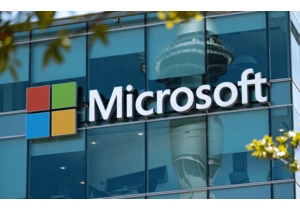
We’re now two months from the planned end of support date for Windows
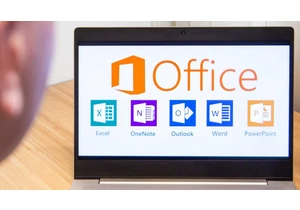
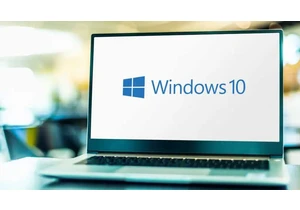
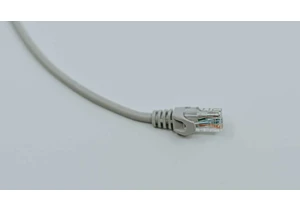
AOL was once the largest provider of internet service for Americans.
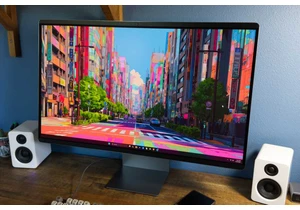
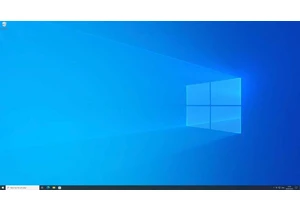
Support for Windows 10 is set to end in October 2025, but that doesn’
